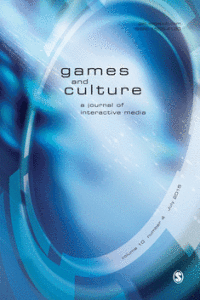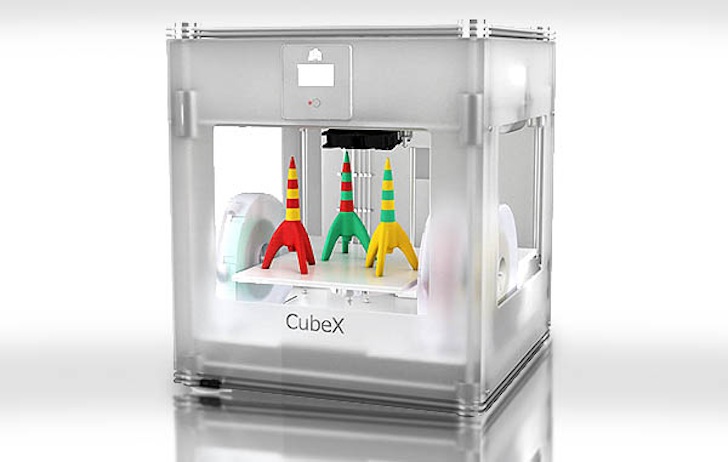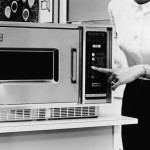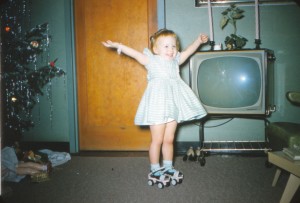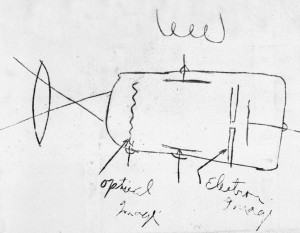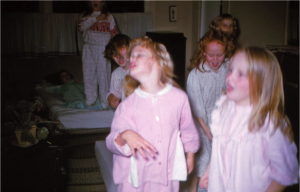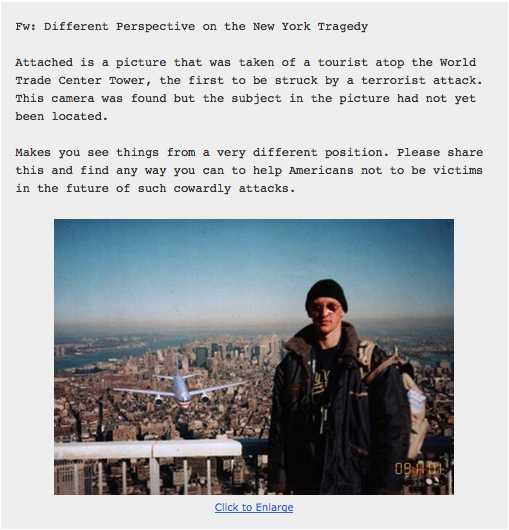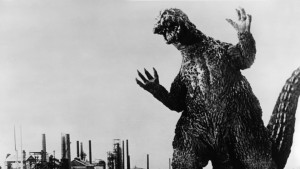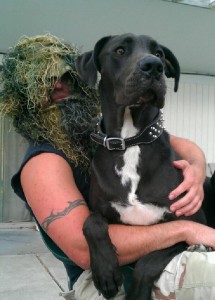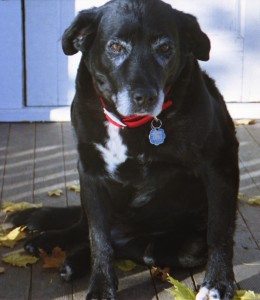Written by Terri Reddout
Gaming. What do I know about gaming? Nothing. Nada. Ziltch.
Okay, that’s not true. I did a little research and now I know gaming is a $60 billion dollar a year industry. It is so big, so incorporated into society that even the academic world takes it seriously.
Games and Culture: A Journal of Interactive Media has been in publication since January 2006. Each journal asks psychologists, sociologists, communication specialists and more to share what they learned about gamers communicate, how they associate with each other and what they can accomplish working collaboratively.
In one issue they look at how propaganda is being used in EVE Online. Another article looks at the differences of culture between American and Russian players. Apparently, there’s a perception that Russians approach the game in a more criminal manner. The study shows it’s just part of their culture.
Thanks to my work with the students at CentralNewsWatch, I’m also aware of the growth of ESports. In fact, the NCAA is talking about considering make ESport gamers NCAA athletes.
